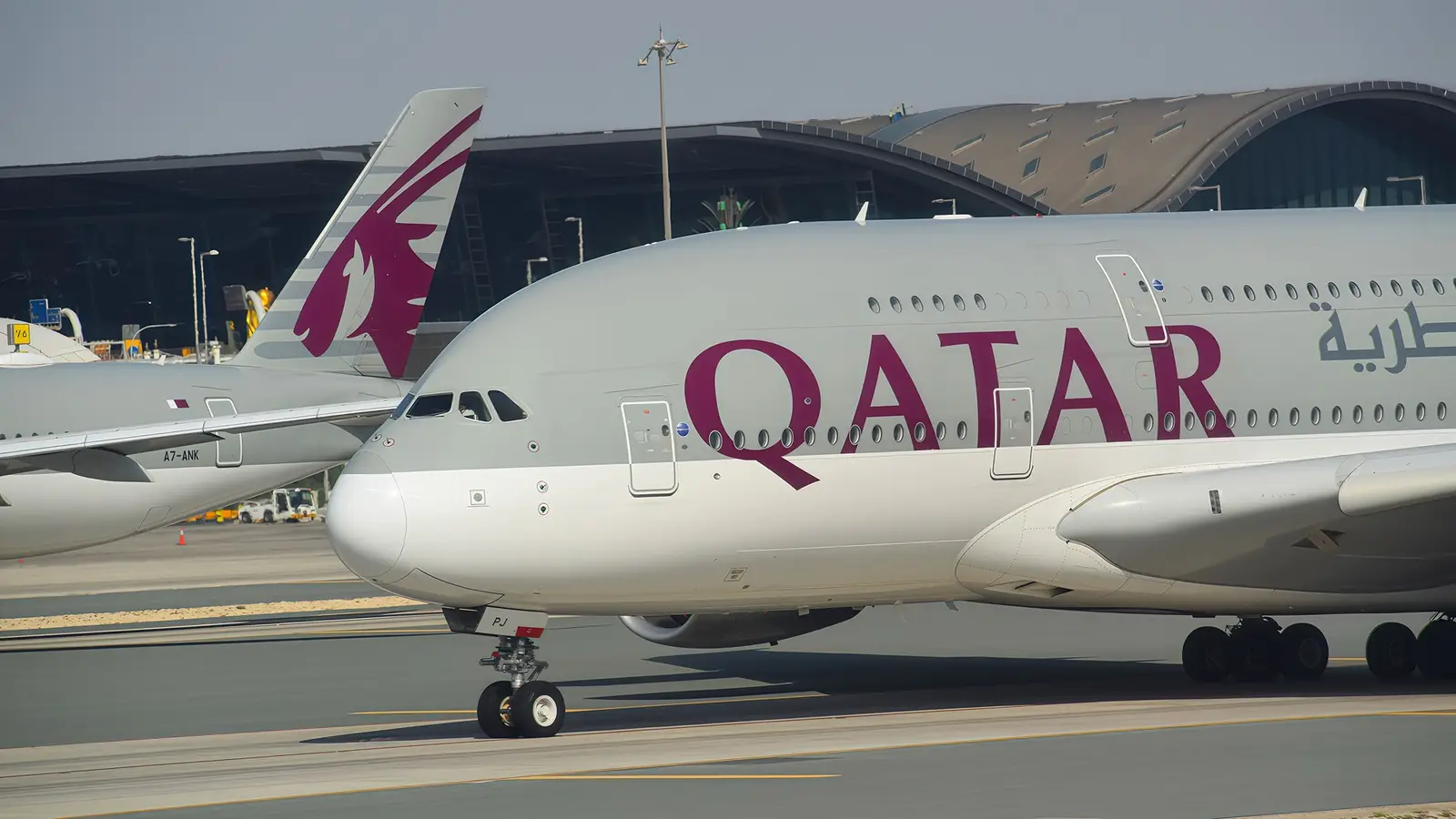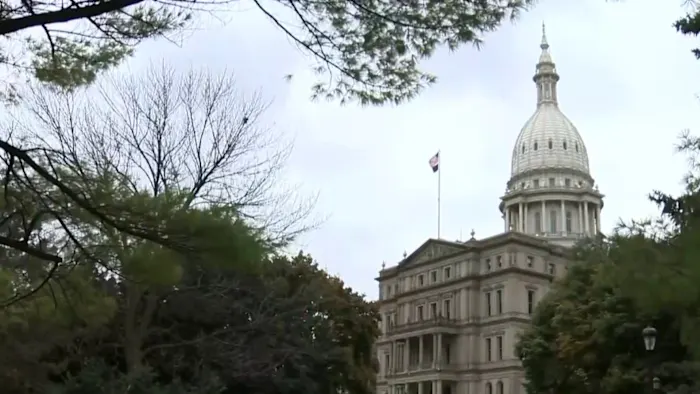
Despite the aviation industry’s ever-growing concern for fuel efficiency, a number of carriers still operate quadjet aircraft like the Airbus A380, Boeing 747, and even Ilyushin Il-96. Incorporating quadjets into passenger and freight strategies is a proven strategy to manage airport slot scarcity and payload demand, in ways that modern twinjets can’t replicate.
Lufthansa is the largest operator of the Boeing 747 today with 27 in its fleet and Emirates is the leading operator of the Airbus A380 with 116, according to Planespotters.net records. Korean Air operates both passenger Boeing 747-8Is and freighter 747-8Fs. Emirates has an unrivaled fleet of Airbus A380s, with over 100 in its fleet. Some other airlines operating quadjets include Air China, Mahan Air, and Conviasa.
Boeing shut down the 747 assembly line in 2023, while Airbus shuttered the A380 production in 2021; however, the Russian government is sponsoring an effort to start up Il-96 production again. Emirates still says it would buy A380neos if they were made, and Atlas Air tried to keep the 747 line open just to keep its own fleet going.
Brand, Experience, And Sentiment
The first 747 flights operated by Pan Am in 1970 changed the perception of flying to a romantic experience for the public. Passengers mailed postcards to family after they had flown the new “Jumbo Jet,” a term that became commonplace after the 747 debuted. The lucky flyers boarded spiral staircases and sipped cocktails in sky lounges. CNN wrote that a fully loaded 747 was half the cost per passenger compared to narrowbodies of the time, which made flying more accessible too.
Flag carriers like Lufthansa, Singapore Airlines, and Emirates use quadjets as flying billboards to elevate brand identity. The airlines and Boeing worked together to transform the 747 into a symbol, and it worked. The “Queen of the Skies,” as the 747 became known, still represents freedom, globalization, and optimism of the jet age on a global scale.
Passenger surveys consistently reveal higher “trip delight” scores on A380s too, thanks to ride smoothness and spaciousness in the cabin, just like the 747. Onboard, possibilities for cabin amenities are seemingly boundless; shower spas, full-service bars, and even a piano bar that are impossible to replicate on smaller aircraft.
Crew preference subtly influences fleet decisions. Many pilots and flight attendants love the handling qualities, spacious galleys, and unique experience on these jets. While not as quantifiable as fuel metrics, these human factors factor into platform selection, considering training and pilot availability as the world faces a shortage of aircrew.
Range, Performance, And Cost Factors
Flying over the most remote, austere, and inhospitable terrain on earth makes the extra redundancy of four-engines a valuable asset. When you’re over the loneliest spots on earth with no services or airports for many miles, you definitely want to be looking for a place to set down because an engine went out. Today, that’s not a concern with many twinjets or on many routes, but for high-value cargo, VIPs, or travel near dangerous areas, it still offers value to customers and carriers.
The performance gap is especially highlighted by flights at “hot and high” airfields. In order for twinjets to meet obstacle-clearance and single-engine climb requirements, they have to cut back on passengers, bags, or belly freight taking off at high altitude strips with scorching heat that simultaneously reduces thrust and wing lift in a dangerous combination.
A 747-8I or A380 can beat the heat and depart with a full cabin from Johannesburg, Mexico City, or Addis Ababa and still have full range. If a single engine fails soon after takeoff or crosswinds close the ideal runways, there is still enough thrust on tap to make a getaway. Quadjets allow carriers to avoid costly hotel payments and snowballing delay effects that come when jets are stuck on the ground because of weather.
Most in-service passenger quadjets have been paid off, and cash operating costs basically just hinge on fuel and crew expenses. When oil prices soften, the fuel-burn price versus an A350 narrows to a point where a higher seat count offsets baseline inefficiency. Then there’s the mature global supply chain with established spare-parts stock and certified maintenance crews in place. That saves on expensive transition programs required for an all-new fleet type.
Slot Constraints And Seat Capacity
In the world’s busiest airports like London Heathrow, New York JFK, or Tokyo Narita, adding flights is quite difficult, so carriers have to make the most of each departure with jumbos like the A380 and 747. These high-capacity aircraft allow airlines to lay out cabins with custom configurations. The floor area on two decks supports hundreds of seats plus lounges, bars, and even showers at some airlines.
Peak-hour congestion is the crux of the capacity argument, as replacing one A380 with two 787s would break schedules, strain facilities, and require extra gates. Carriers schedule jumbos for the peak times of operations to smooth passenger flow and maximize landside options. Cargo capacity is also crucial as a passenger-configured A380 offers 13-15 tons on the lower deck, while a 747-8I can carry even more for combination payloads.
On routes where belly freight fetches lucrative rates, the extra cargo revenue pads the bottom line in a business famous for its razor-thin margins. Quadjets are ideal for lightweight goods like high-value e-commerce parcels and perishables. Thanks to their enormous fuselage volumes, they can carry some bulky items as well because their higher-power engines don’t limit weight in most cases.
Emirates And The A380neo
An “A380neo,” or a redesigned, aerodynamically improved version of Airbus’s double-decker, has been publicly demanded by Emirates on a number of occasions since production ended. The airlines’ owners, especially Tim Clark, have told Airbus and numerous aviation outlets that Emirates wants to continue growing its fleet of Super Jumbos even as others abandon the quadjets altogether.
Emirates and Dubai International Airport have spent over $8 billion on A380-specific gates, dual-level boarding bridges, and cargo systems. Dubai has an entire Concourse tailored to the aircraft’s unique upper-deck door height. Retiring the type without a direct replacement would waste those assets, so a “neo” maximizes return on sunk capital. The airline has made a habit of buying as many second-hand A380s as possible in place of a new option.
An A380neo would ideally yield cost, performance, and sustainability improvements. Goals would likely include a 10-15% lower fuel burn per seat, lower noise footprint, 10-15% extra range, and cabin space upgrades. Despite Airbus shutting down the line, Emirates continues to pursue the idea due to its unique network and fleet.
Il-96: The Russian Equation
Russia is said to be resuming limited-rate production of the four-engine Ilyushin Il-96, due to sanctions after it invaded Ukraine in 2022. The shortage of parts and new airframes from the Western Bloc means the Il-96 would bridge the gap until next-generation programs mature, and satisfy cargo demand for outsized freight across Russia’s vast territory. The Il-96 airframe is already certified, making production revival quicker and cheaper than designing a new platform from a clean sheet.
The Il-96 is part of Russian carriers’ strategy to sustain a fleet of widebodies capable of hauling large passenger numbers from the European region to the Asian region of Russia. Moving military or industrial payloads across the country is another transcontinental undertaking that demands a heavy-duty widebody. Russia is turning to the Il-96 not because it suddenly outclasses A350s or 787s, but because it is immediately available and sanction-proof.
The value of the older design is that it is a domestically supportable widebody that keeps industrial capabilities alive and fills critical government, military, and cargo roles. Russian aviation authorities have taken a more direct role than before in managing the aerospace industry to allocate resources where they are most useful to keep the industry going. The outdated quadjet may be a lifeboat until newer domestic designs can emerge.
Boom Overture: The Concorde’s Encore
Boom Overture is a new supersonic quadjet aiming to fill a gap left by the sunset of the Concorde. The company estimates that 300-500 routes could accommodate its Mach-1.7 airliner. Boom has had airlines like United, American, and Japan Airlines already place provisional orders. Cargo carriers and government agencies are also likely to contribute to the business with freighter models and custom diplomatic variants.
The economy of the Overture is less daunting than the Concorde era was. The modern medium-bypass turbofans can run leaner at subsonic cruise, beating Concorde’s fuel burn by 10-15%. Carbon-fiber composites cut structural weight and improve heat tolerance, allowing higher cruise Mach without extensive use of precious titanium. Digital design and virtual prototyping greatly expedite development time, reducing non-recurring costs relative to the 1960s.
NASA has even built the X-59 Quesst demonstrator to provide data for new global standards in supersonic flight. The X-59 will allow manufacturers like Boom to set clear design targets for certification. NASA will release datasets to the public of the information collected by the X-59. The X-59’s development aims to build global momentum toward a renewed pursuit of supersonic passenger flights.
The X-59 and Boom expect the new planes to produce only a quiet sonic “thump” heard on the ground, averting the career-ending sonic boom that was largely responsible for the Concorde’s commercial demise.



